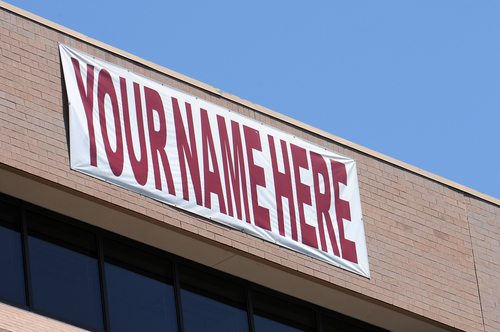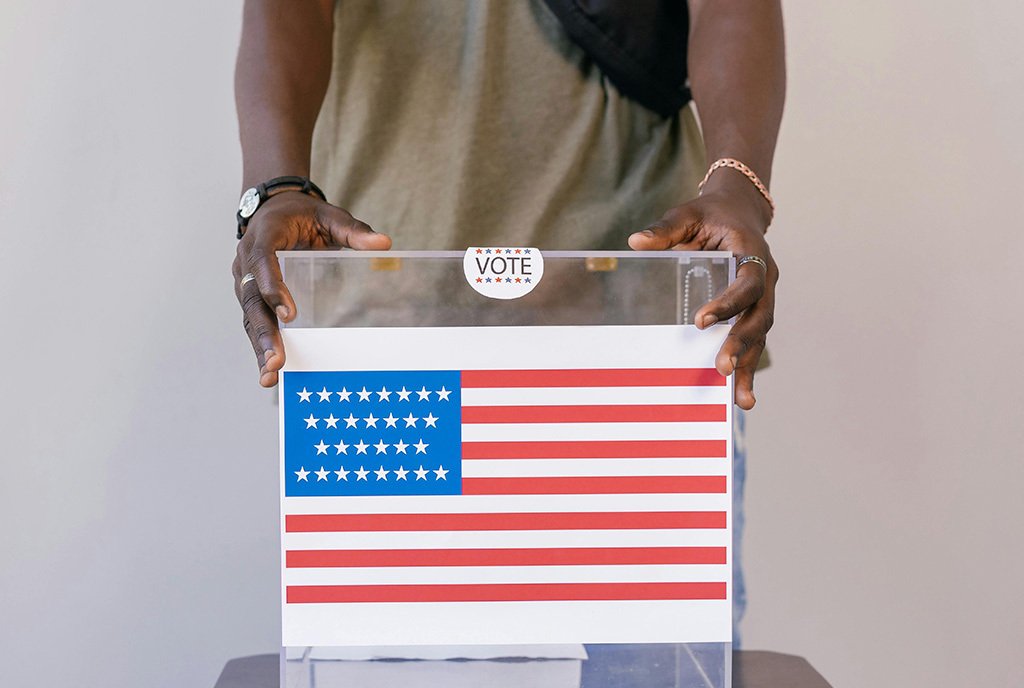
September 15, 2014;Miami Herald and Philadelphia Inquirer
It’s no secret that American healthcare providers—including nonprofit hospitals and healthcare systems—spend a great deal of money advertising services, promoting specialists, publicizing research, and even touting hotel-like amenities aimed at attracting those patients who are fortunate enough to have a say in where they turn for care. Still, it’s hard to fathom nonprofit marketing budgets that are large enough to absorb multimillion-dollar sponsorships in the form of naming rights. But just in the last two weeks, two such deals have been struck:
- Yesterday, officials at the Patricia and Phillip Frost Museum of Science in Miami, which NPQ recently covered in a newswire about a museum-building spree in that city, announced that Baptist Health South Florida had become the first “corporate donor” to the new facility, which is slated to open in 2016. The nonprofit health system has committed $5 million to the museum in support of an interactive health and wellness gallery.
- Earlier this month, Thomas Jefferson University Hospitals in Philadelphia agreed to pay $4 million to rename a downtown commuter rail station located two blocks north of the health system’s main hospital. The naming rights will benefit the often cash-strapped nonprofit Southeastern Pennsylvania Regional Transportation Authority (SEPTA). SEPTA will receive 85 percent of the Jefferson money and the balance will go to the transportation authority’s advertising agency.
In each case, the healthcare system executives offered explanations for their sizeable investments, one of which certainly seems to be more strategic than the other, at least to this writer (who also happens to be a SEPTA rider).
Sign up for our free newsletters
Subscribe to NPQ's newsletters to have our top stories delivered directly to your inbox.
By signing up, you agree to our privacy policy and terms of use, and to receive messages from NPQ and our partners.
For its $5 million, Baptist Health South Florida will lend its name to the shiny new 9,000-square-foot Baptist Health People & Science Gallery on the main level of the museum, an area with zones dedicated to brain function, exercise, eating, human interaction and relaxation. Features will include an energy dance floor, virtual restaurant, a science bar for cooking demonstrations, and an aquaculture tank. As part of the sponsorship arrangement, Baptist will also underwrite free access and transportation to the science museum for every fourth grader in Miami-Dade public schools—currently, about 27,000 children.
George Foyo, executive vice president and chief administrative officer for Baptist Health South Florida—who also serves on the board of the science museum—told the Miami Herald that the healthcare system considered several options for promoting healthy living before settling on the Frost Museum. “We saw the opportunity for us to reach a large number of students, and for that matter families, in one place with a consistent message about wellness and prevention,” Foyo said. It’s not too hard to draw a straight line from Baptist’s mission to its investment in wellness—and if the museum’s exhibitions and programs can help young people develop healthy habits, it’s not too big of a stretch to think of the new gallery as a form of preventive medicine.
For its $4 million, Jefferson gets to slap its name—and the profile of its Declaration-of-Independence-writing namesake—on a tired, 30-year-old subterranean commuter station (formerly known as “Market East” for its location along one of the city’s main arteries, Market Street) for the next five years and an option to renew for an additional four years for a mere $3.4 million. President and CEO of Thomas Jefferson University and Jefferson Health System Stephen Klasko was quoted in the Philadelphia Inquirer as saying the name would raise Jefferson’s profile in the region and “provide access to everyone.” Access to healthcare? Not exactly. But access to Jefferson, either on foot or via Jefferson shuttle buses, which will be positioned one block further north from Jefferson than the station itself.
SEPTA says it will use the Jefferson money to spruce up the station and that it has plenty of other stations that could use new names. Residents of the region have filled editorial pages and websites with comments about how unhelpful it is to have station names that have nothing to do with their location, especially if these names are subject to change every time the naming rights expire.
We’d love to hear what you think about these two nonprofit-to-nonprofit sponsorship/naming arrangements. Have you seen similar examples in your communities? Better ones? Worse?—Eileen Cunniffe














